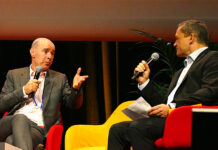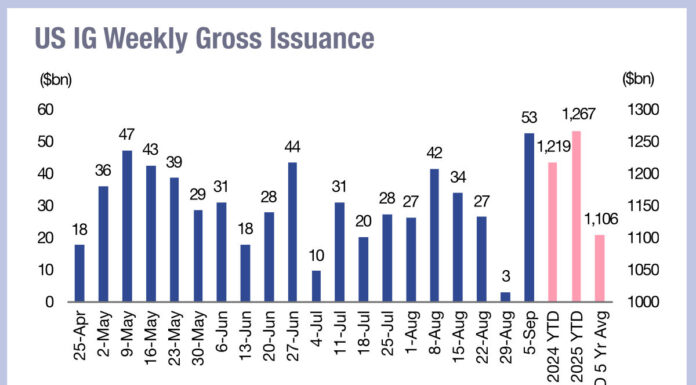Traders have highlighted the importance of high-quality data for automating trades, noting that real-time liquidity scores and predictive prices are crucial to supporting this evolution.
Anuj Thakar, senior trader, HY & CDS Index Trading at Nordea Asset Management, said, “We’ve had a virtuous circle, because we need a lot of pre trade data as a prerequisite to automation, but as [automation] has picked up on the sell side, with algos pricing RFPs quite quickly, or through various other protocols, that actually generates more data and that actually gives confidence both to the sell side and buy side.”
Speaking at the Fixed Income Leaders’ Summit in Paris, FILS traders discussed the challenges of automating credit trading due to its complexity and the need for human oversight, but also the ways that data could be used and displayed, noting that while automation is advancing, the need for reliable data and effective protocols remains paramount. That required firms to be data savvy.

Mariana Olsson, former senior fixed income trader for Nordea Asset Management, said, “If you consider risk management, when you’re building or bringing in a new data source, if you don’t have the correct management structure, then there can be friction or misunderstanding between what the trading desk is looking for and what the quants think they’re building. So having the right culture around the collaboration is really important.”
Actually building the tools was less challenging than getting the data they would work upon noted Sam Ratcliff, head of order management & analytics at Man Group.

“There’s the separation between the data and the usage of the data. If you want new data, there’s a legal process you’re going to have to go through. There’s an onboarding process. How do you get everything set up? If you’ve got data that in-house that someone needs in order to build a new dashboard, and that’s a new idea, there’s a Python notebook that they can just go to, to load in the browser. Everyone has access to HTTP Python.”
His firm was able to deliver a single environment for different job functions, with the key difference being the information they were allowed to access.
“We’ve got traders, PMs, quants, developers and data scientists, all using effectively the same platform, but able to access the data pertinent to them, and they are able to also identify data areas that they have interest in,” he said. “If a PM, whether that be systematic, a researcher or a trader feels like that is important to them, there is then a data science team who are able to go out and source that data to evaluate vendors and then bring it in for a standardised pipeline.”
©Markets Media Europe 2024
©Markets Media Europe 2025













